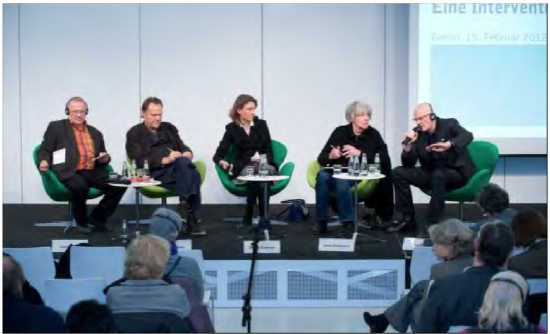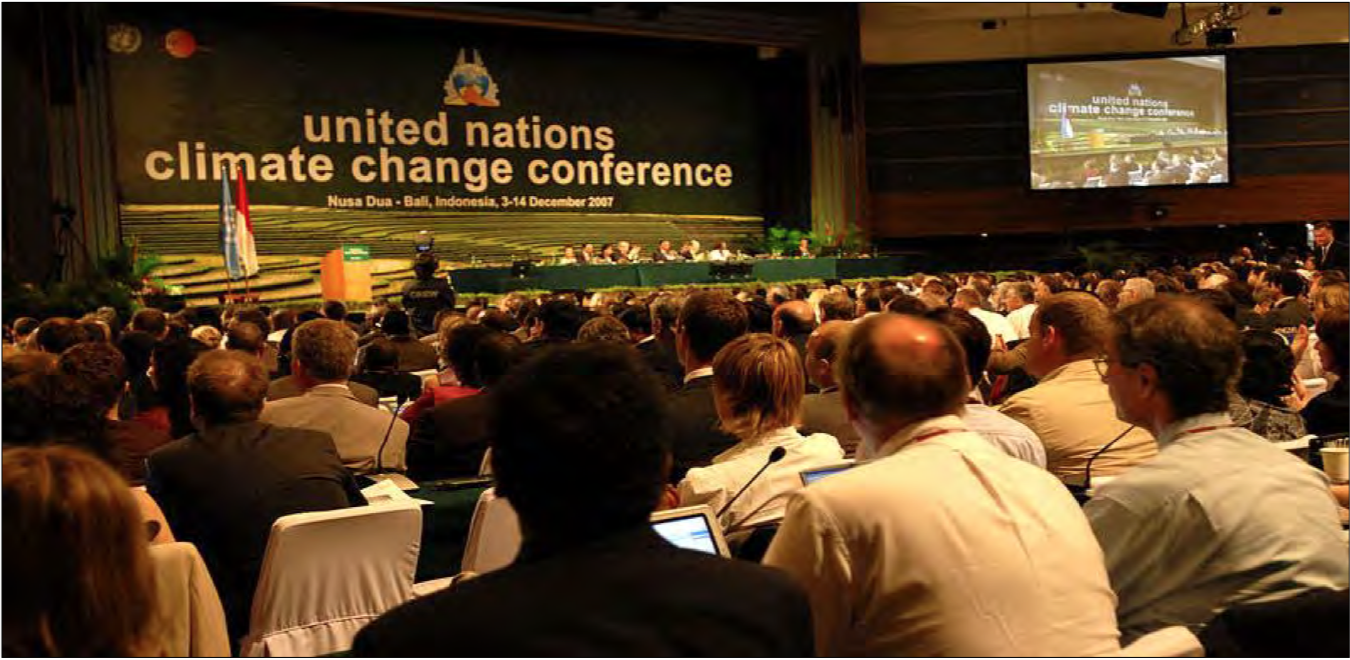The foundation of a group presentation is constructed from all the guidelines you use in an individual presentation coupled with additional strategies for working effectively with others. Group presentations primarily entail group communication, planning, organization, and delivery. Effective groups communicate about interaction roles, decision making, and conflict resolution. Such communication helps the group reflect on group dynamics, customize communication for thisspeaking group, and establish a unified commitment and collaborative climate.
After a group receives an invitation to speak, they begin by establishing clear objectives related to the group process and/or product. In addition, they direct their preparation by developing a unified understanding of the type of presentation, logistics, and agreed outcomes and debriefing. Preparation is foundational in guiding group research, writing, and thinking back to focus after engaging in a variety of resources or conversations.
The audience is at the core of the organizing content. A plan helps group members determine what to put in as well as leave out of the selected content. The group members work to establish group credibility and trustworthiness among their audience. In addition, the plan will assist the group in packaging for various types ofaudience-centered presentations—one- time presentations; presentations bidding for a long-term relationship; presentations continuing a relationship for offering expertise; or presentations tied to performance appraisals. The plan guides the group in determining the most compatible words, narratives, and enthusiasm to support their relevant messages.

Finally, presenting as one focuses on areas such as (1) purpose, (2) oral content, (3) dress, (4) room, (5) visuals, (6) delivery, and (7) rehearsal(s). The delivery plan allows the group to collectively be aware of their own communication and the communication of others. Also, the plan guides the group in transforming a written script or preparation outline into a delivery outline. Group members unify in elements of vocal and bodily delivery and style. However, most importantly together they identify gaps in content and gain feedback to polish oral and visual content.
Remember “delivering a dynamic presentation is not rocket science; however, it is a lot more complex than most people realize” (Fripp, 2011, p. 16).





